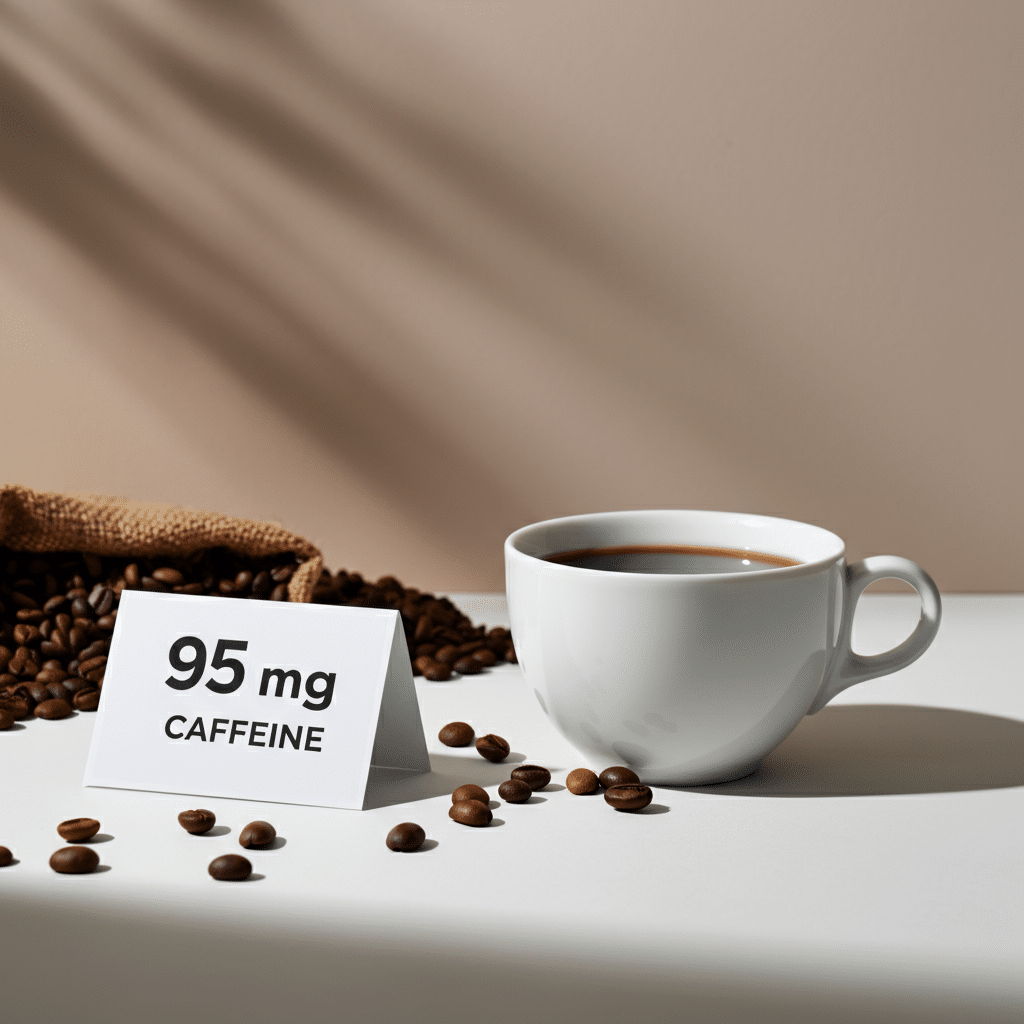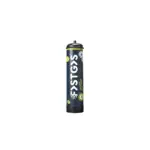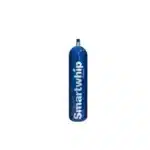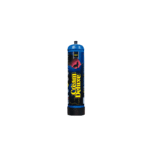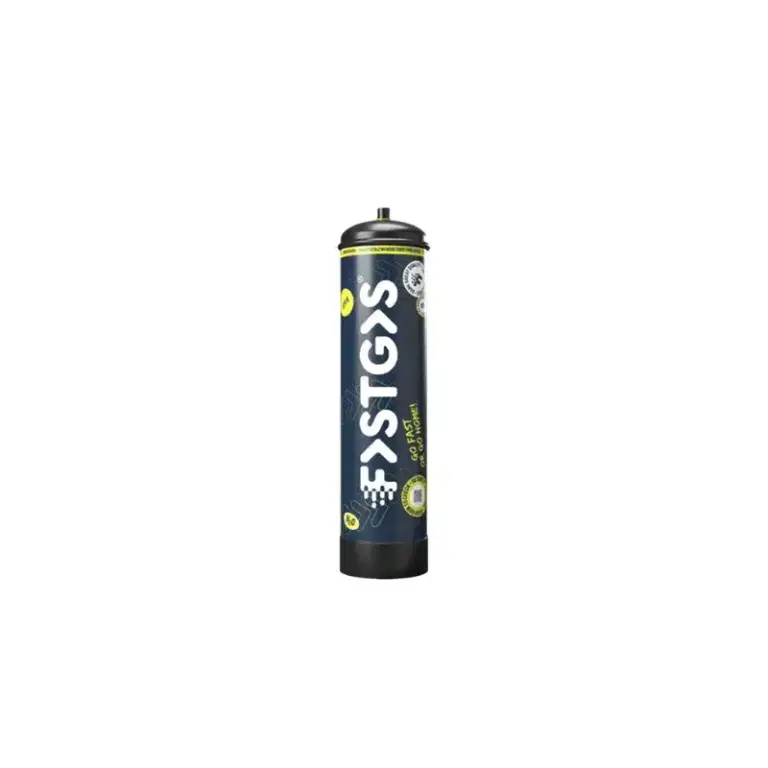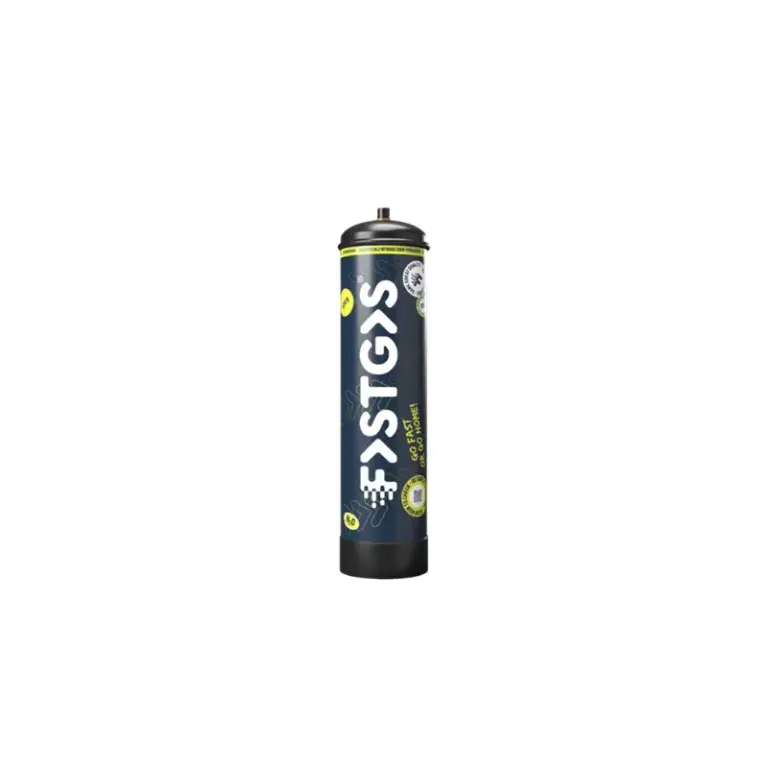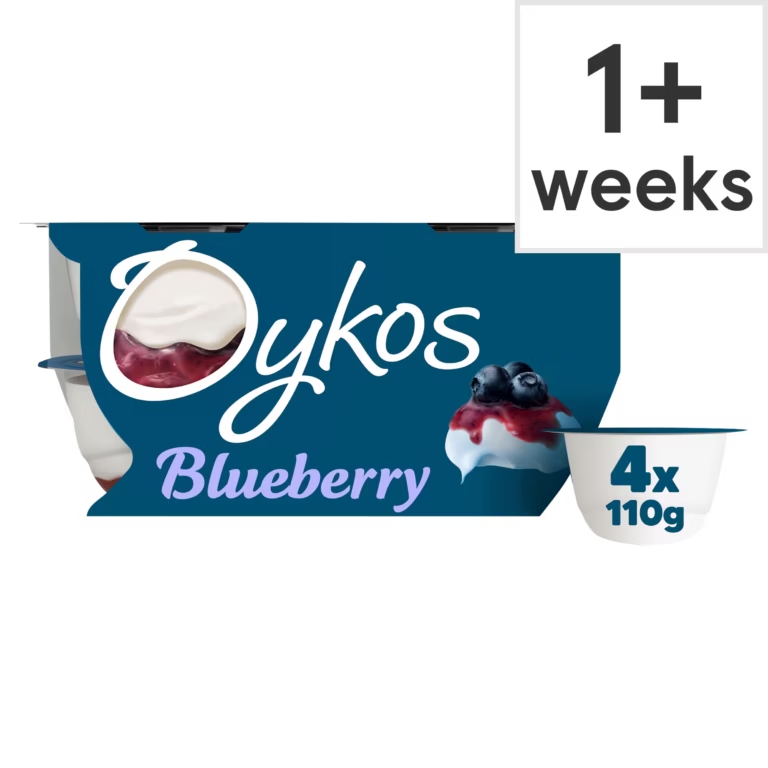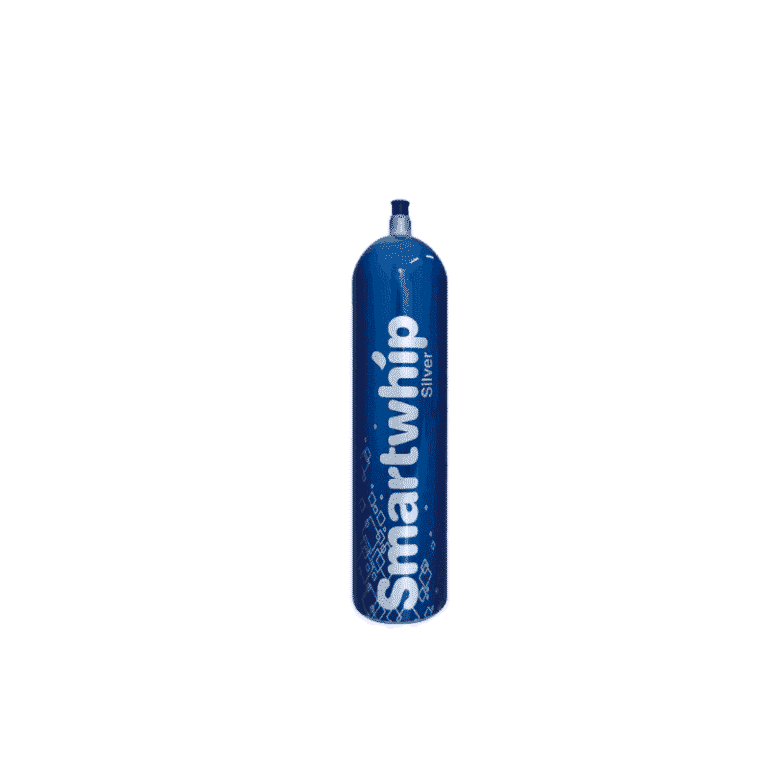Introduction
Ever before, ask yourself just how much caffeine you’re truly consuming alcohol when you delight in that early morning cup of coffee. You’re not the only one. Whether you’re drinking a little espresso or downing a venti cold brew, the caffeine web content can differ hugely– and recognizing these distinctions matters greater than you may assume.
Coffee is one of the most extensively eaten psychoactive beverages on the planet, and caffeine is its celebrity active ingredient. It provides us that precious energy boost, aids with psychological focus, and, yes– it can likewise create anxieties and sleep deprived evenings if we exaggerate it. Yey just how much caffeine remains in a cup of coffee? And what does “a mug” truly suggest?
In this message, we’ll damage down the number from typical brewed coffee to specialized beverages. We’ll discover what affects caffeine degrees and exactly how you can readjust your consumption to match your way of living and health goals. Whether you’re caffeine-delicate or simply interested, this overview will certainly aid you in ending up being a much more educated (and better) coffee enthusiast.
1. The Ordinary Caffeine Material in a Mug of Coffee
AAllow to begin with the fundamentals. Typically, a basic 8-ounce (240 ml) mug of brewed coffee consists of about 95 mg of caffeine, Yet this number can vary from 70 mg to 140 mg, depending on numerous aspects like brew strength, coffee bean kind, and serving size.
Below’s a fast recommendation table for the usual coffee kinds:
| Kind Of Coffee | Serving Size | Caffeine (mg) |
|---|---|---|
| Made (Drip) Coffee | 8 oz | 95 mg (avg) |
| Espresso (Single Shot) | 1 oz | 63 mg |
| Immediate Coffee | 8 oz | 60– 80 mg |
| Cold Brew | 12 oz | 150– 250 mg |
| Decaf Coffee | 8 oz | 2– 5 mg |
So, if you’re consuming alcohol a 16 oz tool coffee from your favorite coffee shop, you could be obtaining 190 mg or even more— not simply “one mug” well worth.
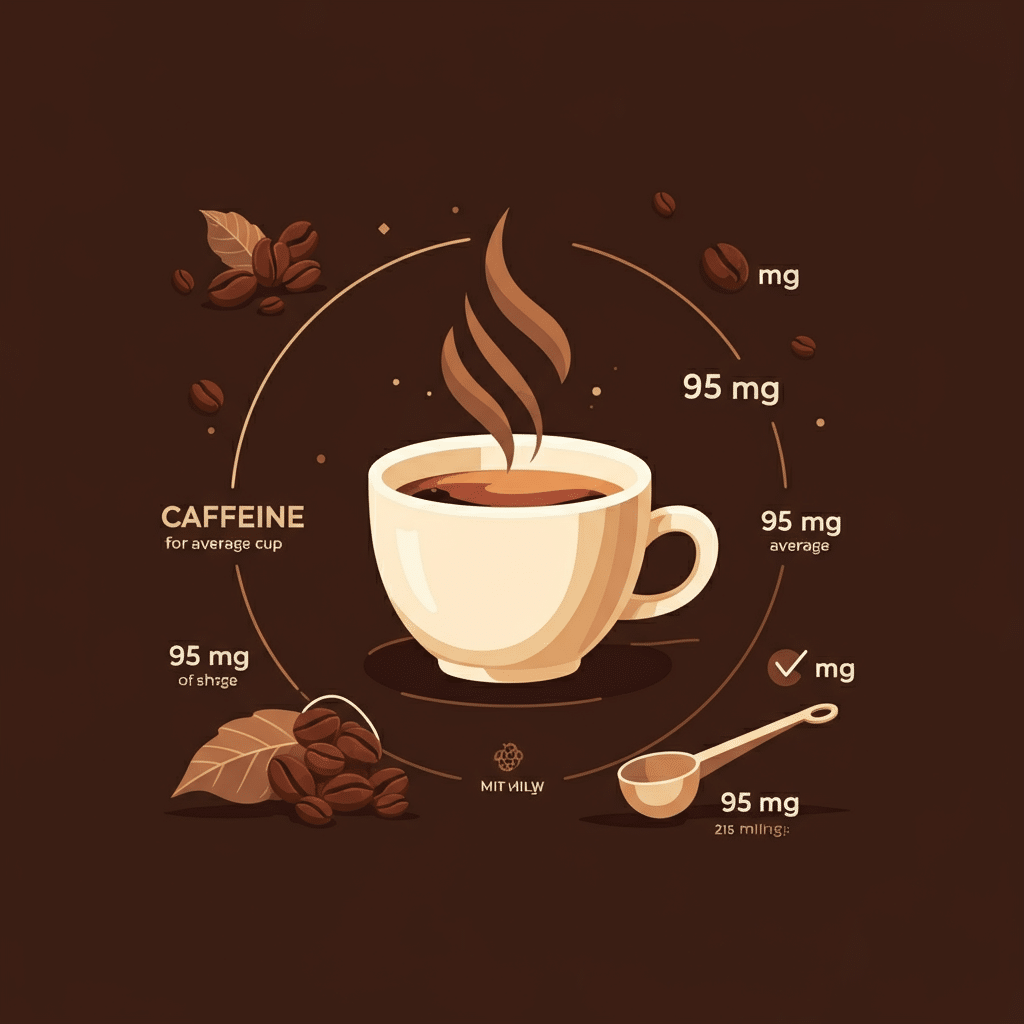
2. What Impacts Caffeine Degrees in Coffee?
a. Kind Of Coffee Bean
There are 2 primary kinds of coffee beans: Arabica and Robusta. Arabica beans are much more preferred for their smoother flavour; however, they include much less caffeine (around 1.2%). Robusta beans, on the other hand, have an even more bitter preference; however almost double the caffeine web content (concerning 2.2%).
Lots of immediate coffees and less expensive blends include Robusta because of that– greater caffeine and reduced expense.
b. Brewing Method
The approach you utilize plays a huge function in caffeine focus:
Espresso: Tin is, however, magnificent. High caffeine per ounce.
French Press: Frequently more powerful than drip coffee.
Cold Brew: Made over 12– 24 hr, leading to a very caffeinated beverage.
Drip or Pour Over: Criterion approach, modest caffeine.
Immediate Coffee: Much Less caffeine because of processing.
c. Roast Level
Remarkably, light roast coffee typically has much more caffeine than dark roast. This is due to the fact that toastinburnsrn some caffeine, so darker roasts might taste more powerfubuter really have somewhat much less buzz.
d. Serving Size
A “mug” of coffee does not constantly suggest 8 ounces any longer. Coffee stores typically serve 12– 20 oz beverages as a requirement. That 20 oz iced coffee from a coffee shop? You could be consuming 300– 400 mg of caffeine in one resting.
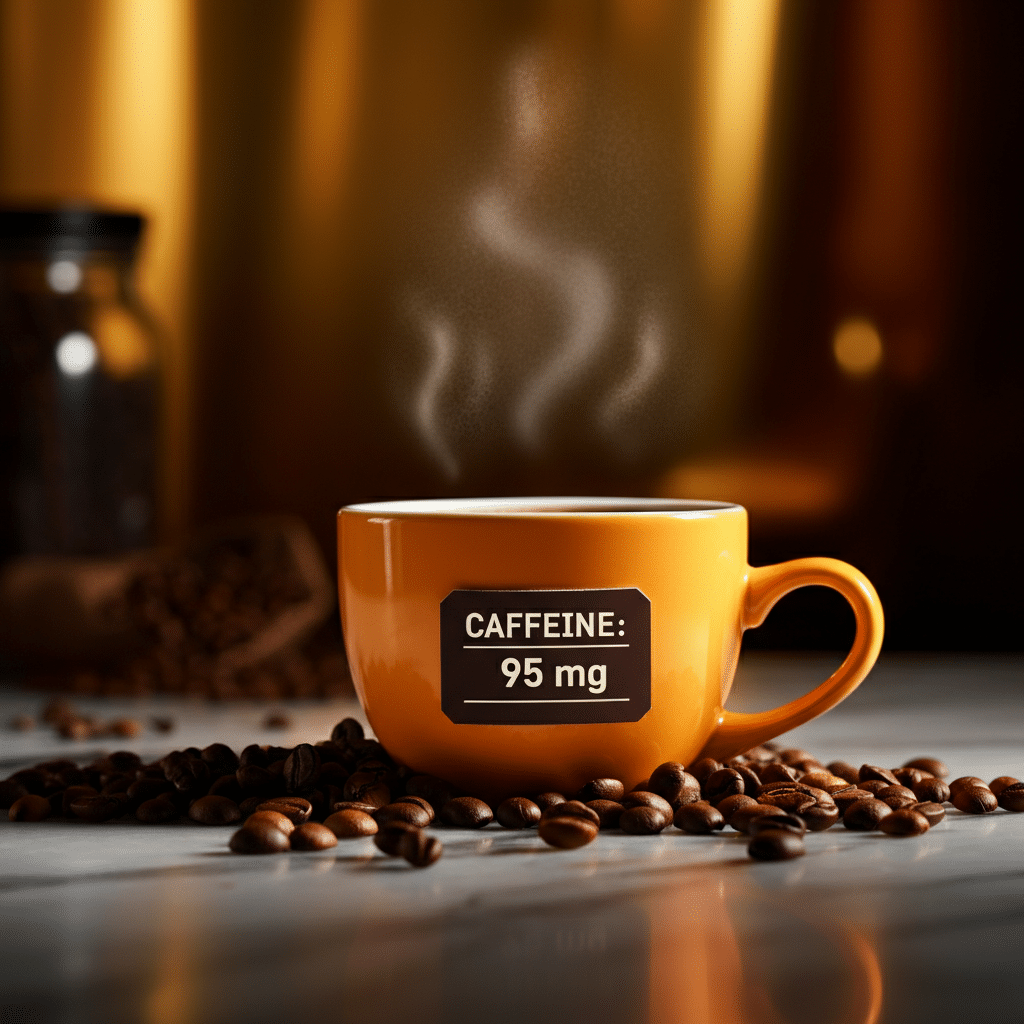
3. Caffeine and Your Body
Caffeine is a stimulant that influences your central nerves. In modest quantities, it can:
Boost mental alertness
Rise focus and energy
Boost physical performance
Nevertheless, way too much caffeine can create:
Anxiety or restlessness
Insomnia
Enhanced heart rate
Digestive issues
The FDA suggests approximately 400 mg each day as a safe ceiling for a lot of healthy and balanced grownups– concerning 4 typical mugs of coffee. Expectant ladies, individuals with heart disease, and those conscious of caffeine need to go for a lot less, generally no greater than 200 mg each day.
4. Just How to Handle Your Caffeine Consumption Wisely
Wish to delight in coffee without exaggerating it? Below are some wise ideas:
Track Your Total Intake
Matter not just coffee but also caffeine from tea, energy beverages, soft drinks, delicious chocolate, and some medicines.
Readjust Your Brew
Choose smaller-sized portions or blend your brew with decaf to lower caffeine while maintaining your coffee routine undamaged.
Switch to Decaf (Periodically!)
Modern decaf preferences are far better than it utilized to. It’s a fantastic means to delight in the flavour without the negative effects.
Avoid Caffeine Late in the Day
Caffeine has a half-life of 5– 6 hours, implying it remains in your system well right into the evening. Attempt changing to herbal tea after 2 p.m. if you’re sensitive to sleep disruption.
5. Real-Life Situations: Just How Much Caffeine Are You Truly Obtaining? Let’s simplify with a couple of day-to-day instances:
Early Morning Latte at Starbucks (Grande, 16 oz): ~ 150 mg of caffeine
Homemade Pour-Over (12 oz): ~ 120 mg
Cold Brew from a COFFEE SHOP (16 oz): ~ 200– 300 mg
Immediate Coffee (1 tsp in 8 oz water): ~ 60– 80 mg
Energy Beverage (Red Bull 8.4 oz): ~ 80 mg
Pre-workout Supplement: Frequently 200– 300 mg per scoop
Recognizing these numbers aids you in remaining within risk-free restrictions without quitting your favourite beverages.
Often Asked Concerns (FAQs)
1. Is 200 mg of caffeine a whole lot?
No, 200 mg is thought about modest for a lot of grownups. It’s about equal to 2 mugs of brewed coffee and is generally risk-free for everyday intake.
2. Does decaf coffee have absolutely no caffeine?
Not fairly. Decaf still consists of 2– 5 mg of caffeine per mug, which is really reduced but not entirely caffeine-complement.
3. Which coffee has one of the most caffeine?
Cold brew and espresso-based beverages generally load one of the most caffeine per ounce. Nevertheless, overall,l caffeine relies on dimension and focus.
4. Can caffeine make me dry out?
Caffeine is slightly diuretic, however modest coffee intake does not considerably dehydrate you. As a matter of fact, coffee still adds to your everyday fluid intake.
5. How much time does caffeine remain in your system?
Caffeine’s half-life has to do with 5– 6 hours, however it can stick around approximately 10 hours, specifically in delicate people or late-day enthusiasts.
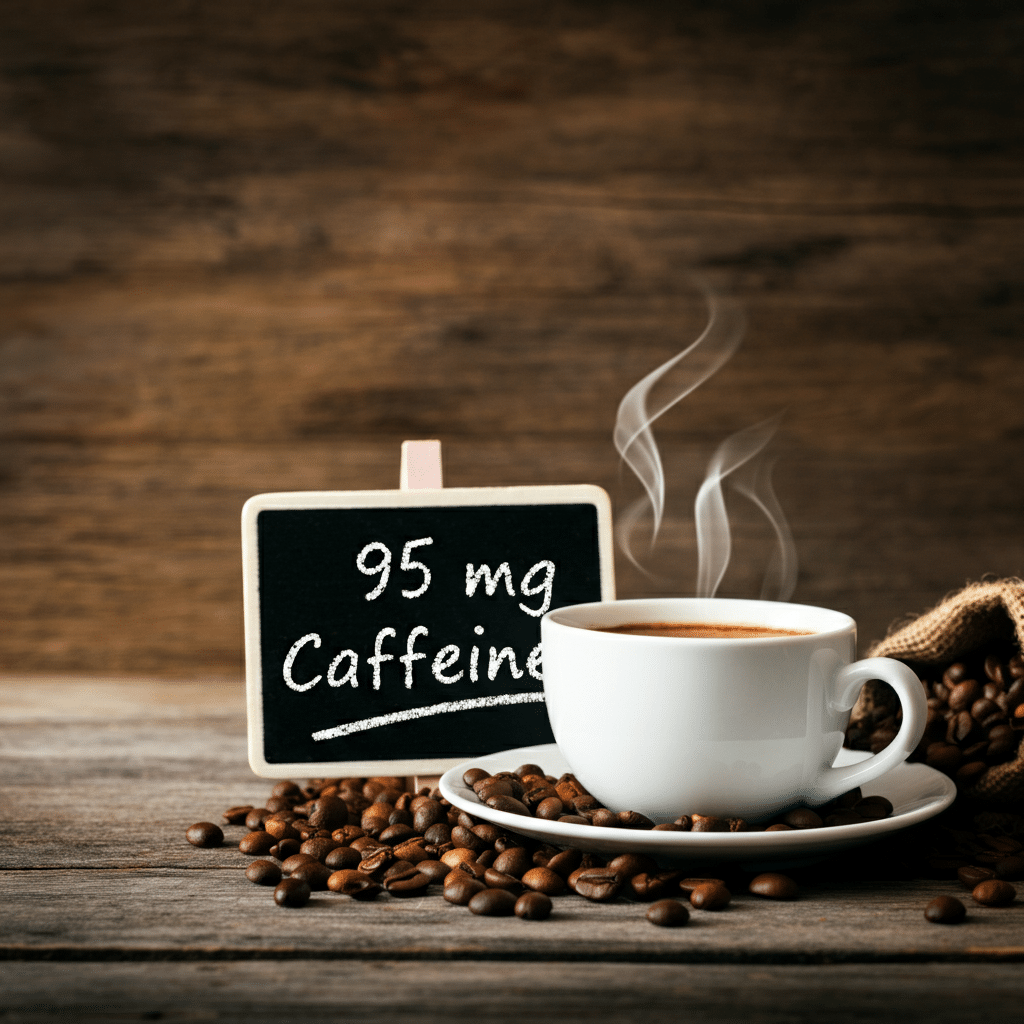
Conclusion: Drink Smarter
Caffeine is a terrific component of lots of people’s everyday regimens– using energy, clearness, and also pleasure. Nevertheless, bearing in mind the number of milligrams of caffeine remaining in each cup of coffee aids you in preventing undesirable negative effects and makes far better options.
From bean to brew, every element influences just how much caffeine you’re obtaining. The bright side? With simply a little understanding, you can customize your coffee habits to fit your body and way of living flawlessly.
Appreciate this guide? Please share e it with your other coffee lovers, leave a remark with your favourite brew, or look into our various other coffee-related web content for even more understanding!

